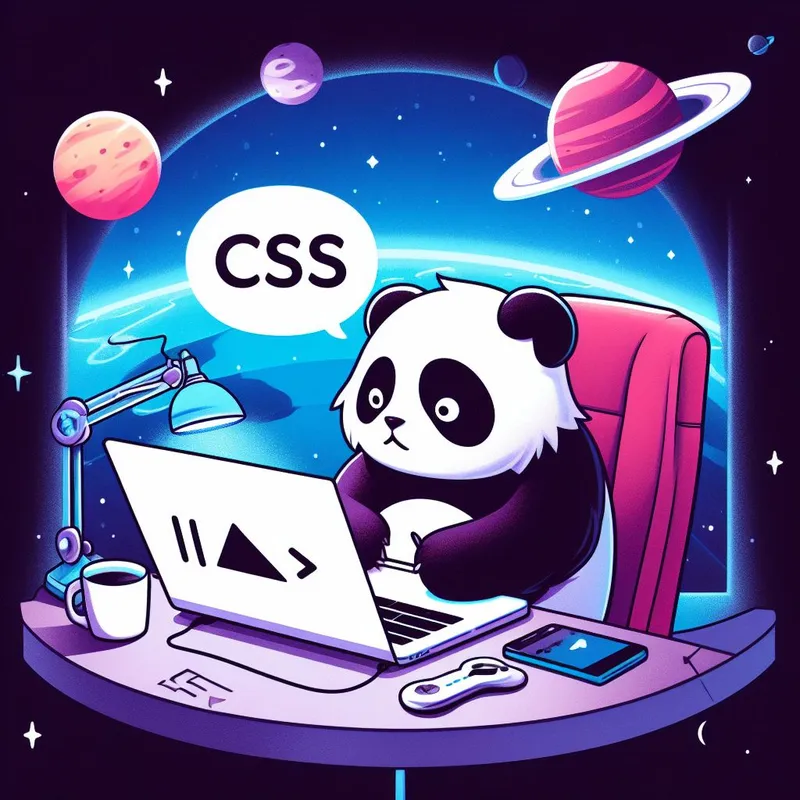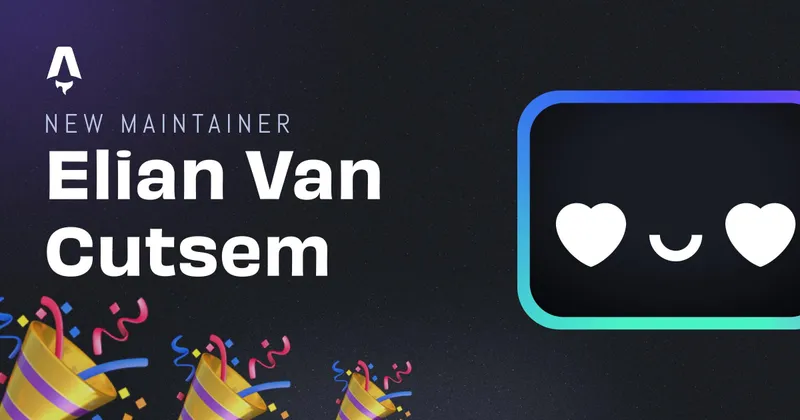Using Bun as JavaScript runtime
So, this morning I came across a tweet showcasing Bun. Bun is a ‘new’ runtime for JavaScript built from scratch. It claims to be a lot faster and compatible with NodeJS packages (NPM) and the NodeJS API functions. Let’s try that out!
”Bun’s goal is to run most of the worlds JavaScript outside of browsers, bringing performance and complexity enhancements to your future infrastructure, as well as developer productivity through better, simpler tooling.”
Installing Bun
Installing Bun is a really easy step:
curl https://bun.sh/install | bash
Just like NodeJS, Bun will install dependencies in a folder node_modules.bun and create a lockfile called bun.lockb, although it will be using the same package.json like NodeJS.
Bun CLI
The Bun CLI comes with some really easy-to-use commands.
Some of them are:
# Run files
bun run
# Install packages (NPM compatible)
bun install
# Create new apps
bun create
# Upgrade Bun
bun upgrade
# Start Bun devserver
bun dev
# Add dependencies
bun add
# Remove dependencies
bun remove
Some of these commands also have shorthands like bun i or bun rm
More info can be found in the reference docs
Using the Bun runtime
When using bun run, you can run TypeScript & JavaScript files. The example on their website:
// http.js
export default {
port: 3000,
fetch(request) {
return new Response("Welcome to Bun!");
},
};
When running bun run http.js, the server will start on localhost:3000 and respond with “Welcome to Bun!“.
Creating a new app from template
Bun comes out of the box with some templates, these include React, NextJS and a Discord interaction template. It’s also possible to use a Github repository as source:
# Create a Bun React app
bun create react ./react-app
# Create a Bun app from a repository
bun create eliancodes/eliancodes-frontend frontend
Keep in mind that Bun is still in Beta!
note: At this time, I won’t go any deeper in deploying using Bun, maybe something for the future 🤷♂️.
Written by Elian Van Cutsem
← Back to blog



